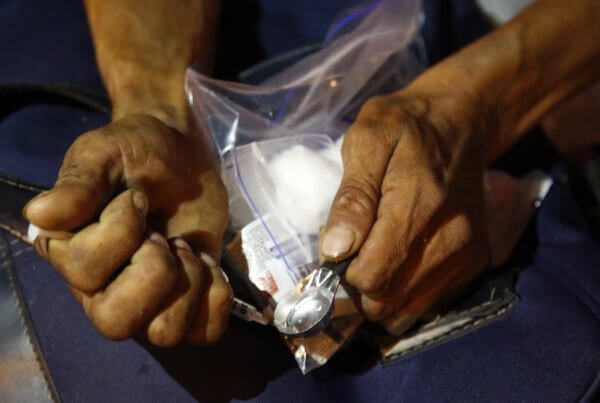By Patrick Donachie
Drug overdose deaths from heroin and Fentanyl abuse have skyrocketed across the five boroughs in the past five years, the city Department of Health reported. The Bronx had the most unintentional overdose deaths at 252, while Queens had 144 deaths, 83 of which involved heroin.
Overall, deaths from overdoses increased 53 percent throughout the city from 2010 to 2015, the Health Department found.
First lady Chirlane McCray said the new figures underscored the need for continued resources in opioid treatment and overdose prevention, including the efforts being made by ThriveNYC, an initiative she started to increase access to medications like naloxone and buprenorphine.
“This new data underscores the deadly toll the opioid epidemic is taking on too many families in our city, and we are steadfast in our commitment to tackle this crisis through ThriveNYC,” she said. “We won’t stop fighting this epidemic until every New Yorker who suffers from substance misuse and addiction can find a path to recovery.”
Heroin-involved overdose death rates increased in Queens in 2015, as they did in all boroughs except Staten Island. Heroin-related deaths increased by more than 50 percent in Flushing and southwest Queens, according to a DOH analysis of data from the medical examiner’s office and the DOH’s Bureau of Vital Statistics.
Of the five boroughs, the Bronx saw the highest rates in heroin-related deaths last year at 13 deaths per 100,000 residents. It also recorded the most deaths by unintentional overdose, including Fentanyl and other prescription pain relievers like oxycodone and hydrocodone. In total, heroin played a role in 59 percent of overdose deaths in the city last year.
Though New Yorkers between the ages of 45 and 54 had the highest heroin overdose death rate last year, the largest increase occurred among New Yorkers from ages 15 to 34, where the death rate increased by 248 percent. While white New Yorkers had the highest death rate, Latino New Yorkers had the largest increase from the year before at 51 percent.
The city is investing $25 million to help educate the public and practitioners on overdose dangers, double the city’s naloxone distribution services, expand surveillance tools to identify public health risks from opioid abuse and expand access to buprenorphine.
Naloxone can be administered by syringe in the aftermath of an overdose and can reverse the effects of a heroin or prescription painkiller overdose, while buprenorphine works as a preventative measure to stop cravings and prevent symptoms that occur during withdrawal.
Reach reporter Patrick Donachie by e-mail at pdona



































